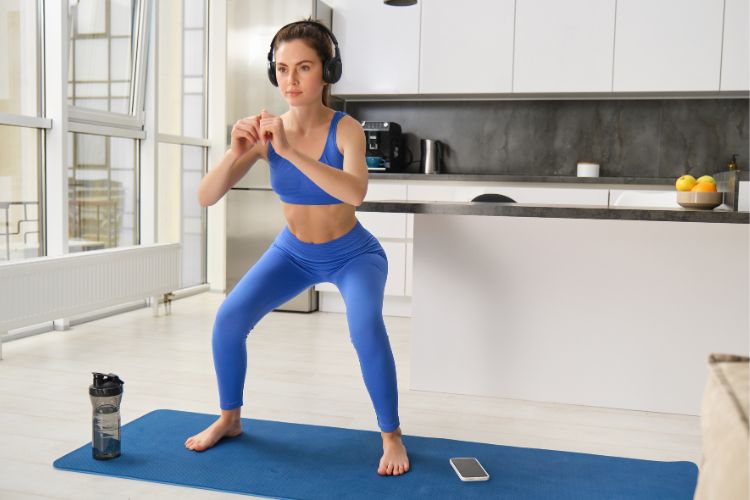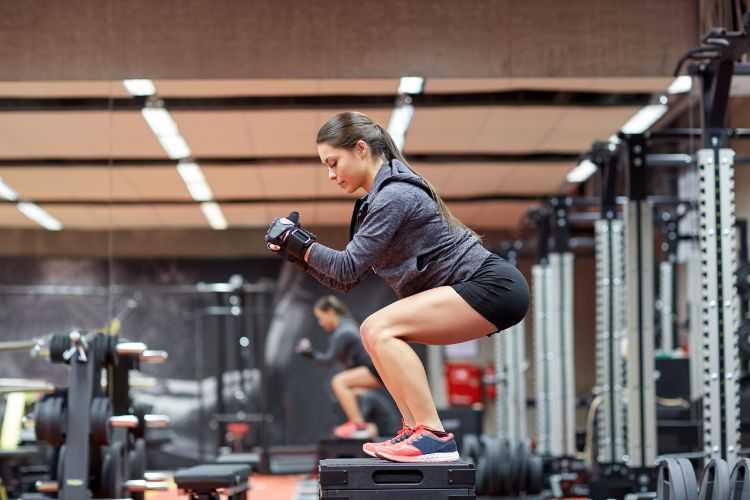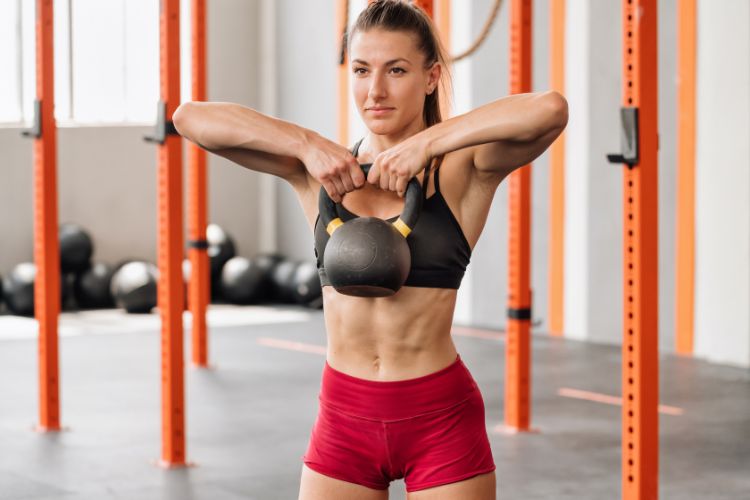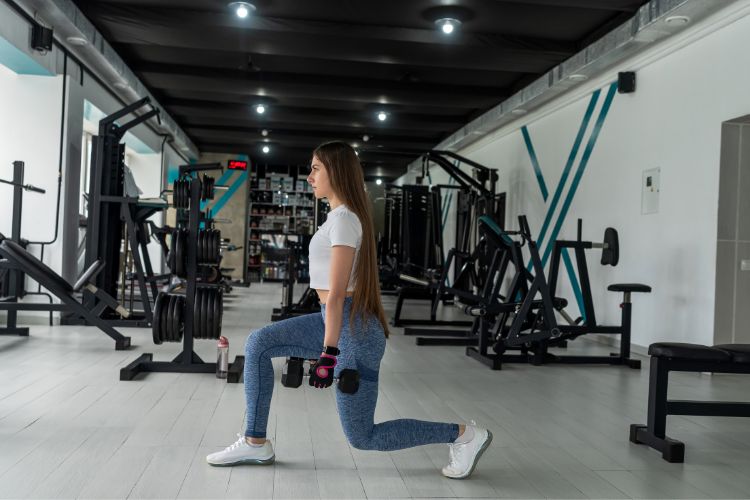Sign up for workout ideas, training advice, reviews of the latest gear and more.






Ladies, if you’ve ever scoured the internet or leafed through fitness magazines, you’ve undoubtedly stumbled upon the word ‘squat’. Considered one of the most fundamental movements in fitness, squats have been hailed as the holy grail for toning the lower body. But have you met its energetic cousin, the squat jump? Here’s a dive into the world of squat jumps and why it deserves a spot in your exercise routine.
A squat jump is essentially a squat but with a powerful leap added to it. It’s a plyometric exercise, meaning it involves fast, powerful movements. Not only does it work your thighs, calves, and glutes, but it also gets your heart rate up, making it a fantastic cardiovascular workout.
Legs for Days: Squat jumps exercise are incredibly effective for toning the quadriceps, hamstrings, calves, and glutes. With consistent effort, you can achieve stronger and more sculpted legs.
Cardio Boost: Since squat jumps involve an explosive movement, they raise your heart rate quickly, helping you burn calories and improve cardiovascular health.
Bone Health: Weight-bearing exercises like squat jumps can strengthen bones and decrease the risk of osteoporosis, especially crucial for women as they age.
Improved Balance and Coordination: The act of jumping and landing requires coordination and balance. Over time, this can aid in improved overall bodily coordination.
Functional Fitness: Believe it or not, we squat and lift numerous times a day – picking up groceries, lifting kids, or even gardening. Squat jumps exercise can make these daily tasks easier.
Starting Position: Begin in a regular squat position – feet shoulder-width apart, toes pointing slightly outward. Keep your spine straight and your chest up.
The Squat: Push your hips back and bend your knees as if you’re sitting in a chair. Keep your weight on your heels and make sure your knees don’t go past your toes.
The Jump: Engage your core and use your legs to explode upwards into a jump. Your arms can help with the momentum by swinging upwards as you leap. (squat jumps exercise)
Landing: This is crucial for safety. Always land softly with a slight bend in your knees to absorb the impact. Aim to land in the same position as you started.
Box Jump Squats: Instead of jumping in the air, jump onto a sturdy box or bench. This adds an element of challenge and can help increase leg power.
Pulse Squat Jumps: After landing, instead of coming up fully, stay in a half-squat position and pulse (a small up and down movement) for 2-3 times before your next jump. This intensifies the burn.
Weighted Squat Jumps: Holding dumbbells or a kettlebell can increase resistance and challenge.
Warm-up: Always warm up before any exercise, but especially before plyometrics. A 5-10 minute jog or some dynamic stretches can prep your body.
Footwear: Ensure you’re wearing shoes that provide good support and grip.
Listen to Your Body: It’s essential to know your limits. If you feel pain (not to be confused with discomfort), stop immediately.
Surface Matters: Jump on a soft surface like a gym mat or grass to reduce the impact on your joints.
You can include squat jumps exercise in your workouts in various ways:
As a Warm-up: A few jumps can get your heart pumping and muscles ready for more intensive exercises.
In a Circuit: Incorporate squat jumps with other exercises like push-ups, burpees, and lunges for a full-body workout.
HIIT (High-Intensity Interval Training): Do squat jumps for 20-30 seconds, rest for 10 seconds, and repeat. It’s a killer but super effective!
Squat jumps exercise, while challenging, offer a plethora of benefits, making them a worthwhile addition to your fitness journey. They merge strength training and cardio, ensuring you get the most out of your workout time. So, to all the incredible women out there, if you haven’t yet, give squat jumps a try. Your body (and your toned legs) will thank you later!
Stay up to date on the latest women’s health, fitness and lifestyle trends and tips.